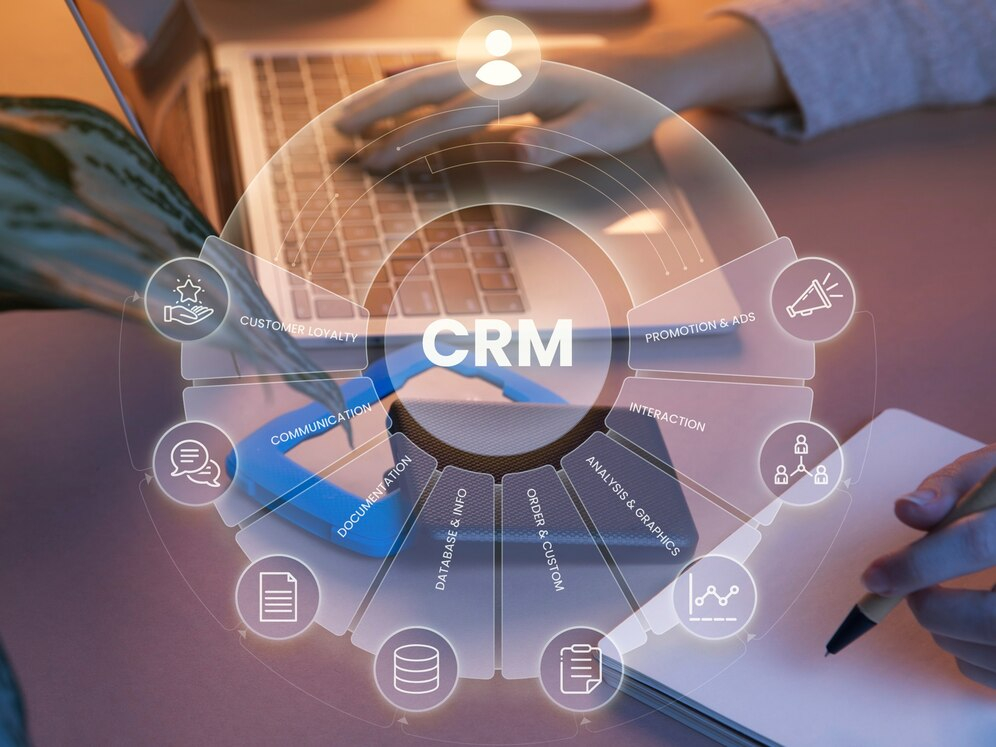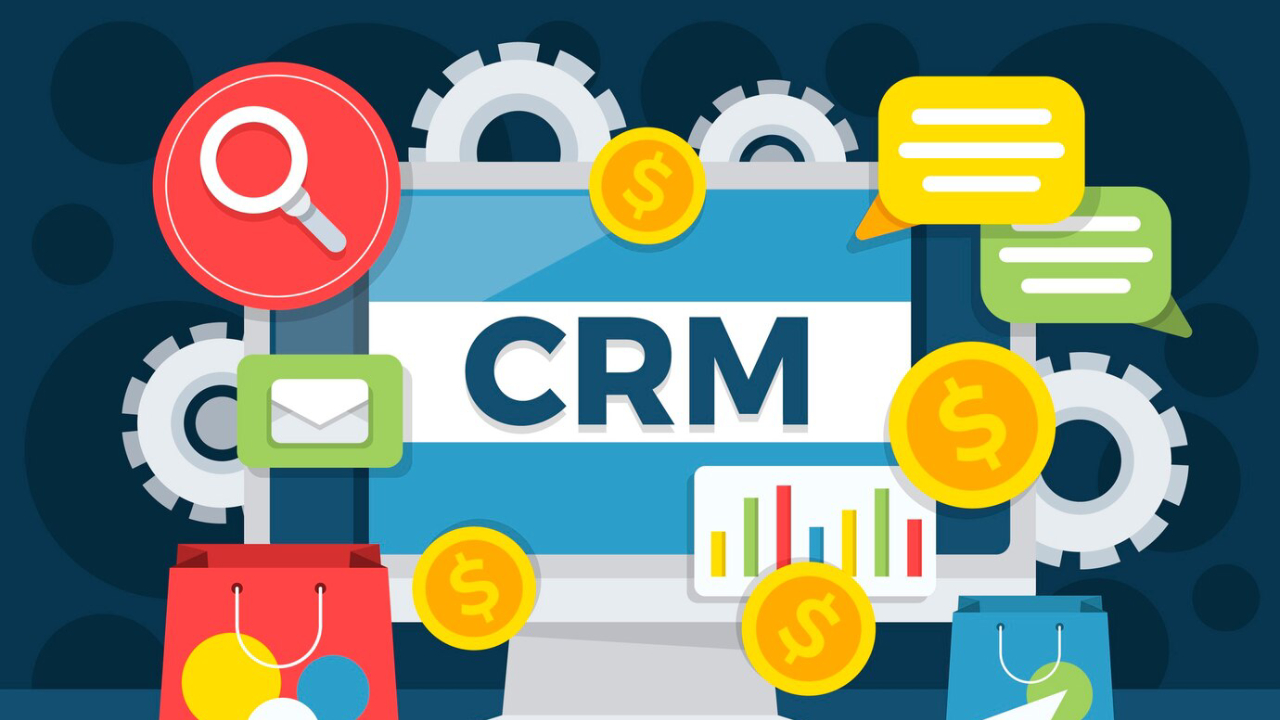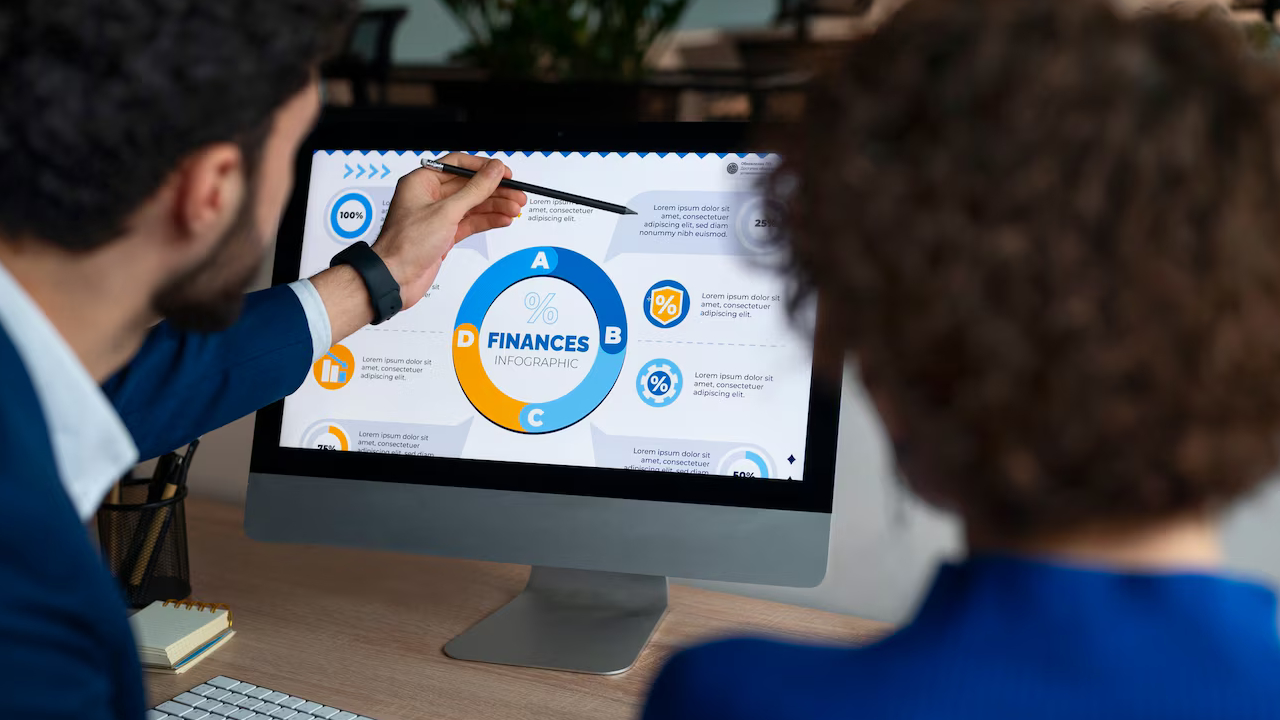In today’s competitive business landscape, managing customer relationships effectively is crucial.
A Customer Relationship Management (CRM) system helps businesses organize customer data, track interactions, and automate workflows. However, investing in a premium CRM can be expensive, especially for startups and small businesses.
Fortunately, there are several top free CRM tools available that provide robust features without any cost. Whether you need automation, lead tracking, or email integration, these free CRM solutions can help streamline your business operations.
In this comprehensive guide, we’ll explore the best free CRM tools, their key features, limitations, and who they are best suited for.
Why Use a Free CRM Tool?
A CRM helps businesses improve customer relationships, track leads, and automate repetitive tasks.
Here are some of the key benefits of using a free CRM tool:
- Cost Savings: No upfront investment, making it ideal for startups and small businesses.
- Automation Features: Automate lead management, follow-ups, and task assignments.
- Scalability: Start with a free plan and upgrade as your business grows.
- Centralized Data Management: Store all customer interactions, sales pipelines, and email communication in one place.
- Better Customer Experience: Timely follow-ups and personalized interactions improve customer satisfaction.
Now, let’s dive into the top free CRM software options available today.
-
HubSpot CRM – The Best Overall Free CRM Tool
HubSpot CRM is one of the most widely used free CRM software solutions. It offers a powerful, easy-to-use interface with unlimited users and essential tools for sales, marketing, and customer service.
Key Features:
- Unlimited Users & Contacts
- Sales Pipeline Management
- Email Tracking & Integration
- Live Chat & Chatbots
- Reporting & Analytics
Limitations:
- Advanced automation and custom reporting require a paid plan.
Best For: Small businesses, startups, and growing teams looking for an all-in-one CRM solution.
-
Zoho CRM – Best Free CRM with AI Features
Zoho CRM is a feature-rich free CRM tool offering AI-powered insights and automation, perfect for small businesses.
Key Features:
- Supports Up to 3 Users
- Workflow Automation (Limited in Free Plan)
- AI Sales Assistant (Zia)
- Social Media Integration
- Customizable Dashboards
Limitations:
- Free plan is limited to three users.
- Some automation features require a paid upgrade.
Best For: Small businesses looking for AI-driven insights and automation.
-
Freshsales (by Freshworks) – Best Free CRM for Sales Automation
Freshsales provides a free CRM tool tailored for sales teams, offering lead management and AI-powered analytics.
Key Features:
- AI-Based Lead Scoring
- Email & Call Tracking
- Sales Pipeline Management
- Built-in Chat & Support Tools
- Mobile App Support
Limitations:
- Free plan has limited automation and reporting features.
Best For: Businesses focusing on sales automation and AI-driven insights.
-
Bitrix24 – Unlimited Free CRM with Collaboration Tools
Bitrix24 offers an unlimited free CRM plan, making it perfect for businesses that need collaboration and project management features.
Key Features:
- Unlimited Users (With Limited Features)
- Task & Project Management
- Sales & Marketing Automation
- Customer Support Tools
- Social Media Integration
Limitations:
- Some key features are restricted in the free version.
- Slightly complex interface with a learning curve.
Best For: Businesses looking for a collaborative CRM with project management features.
-
Odoo – Best Open-Source Free CRM
Odoo CRM is a powerful open-source CRM free for businesses that need high customization and flexibility.
Key Features:
- Fully Customizable & Open-Source
- Lead & Opportunity Management
- Email & Calendar Integration
- Automation & Workflows
- Multiple App Integrations
Limitations:
- Requires technical knowledge to set up and customize.
- Some advanced features require paid modules.
Best For: Businesses needing customizable CRM solutions.
-
Insightly – Best Free CRM for Startups
Insightly is a simple yet effective free CRM for startups, offering project management and sales tracking.
Key Features:
- Task & Project Management
- Email Tracking & Templates
- Basic Workflow Automation
- Customizable Sales Pipelines
- Google & Microsoft Integration
Limitations:
- Free plan supports only two users.
- Limited reporting features.
Best For: Startups and small businesses needing CRM & project tracking tools.
-
Agile CRM – Free CRM with Email Marketing & Automation
Agile CRM provides a free CRM with email integration, marketing automation, and sales tracking.
Key Features:
- 1,000 Contacts for Free
- Sales & Marketing Automation
- Email Campaigns & Tracking
- Helpdesk & Support Features
- Social Media Integration
Limitations:
- Limited contacts in the free plan.
Best For: Businesses looking for a free CRM with email marketing tools.
-
Capsule CRM – Lightweight CRM with Mobile App
Capsule CRM is an intuitive free CRM with a mobile app, ideal for small teams on the go.
Key Features:
- Contact & Sales Pipeline Management
- Email Integration with Gmail & Outlook
- Task & Calendar Management
- Mobile App for iOS & Android
Limitations:
- Free plan supports only 2 users and 250 contacts.
Best For: Small teams needing a lightweight, mobile-friendly CRM.
Final Thoughts
Choosing the right free CRM tool depends on your specific business needs. If you need a user-friendly CRM with extensive features, HubSpot CRM is an excellent choice. For a sales-focused CRM, Freshsales is a great option.
If collaboration is key, Bitrix24 is a solid pick.
By selecting the right top free CRM software, you can optimize your sales process, improve customer engagement, and grow your business—without spending a dime. Start using one today and experience the benefits.










